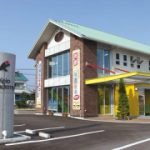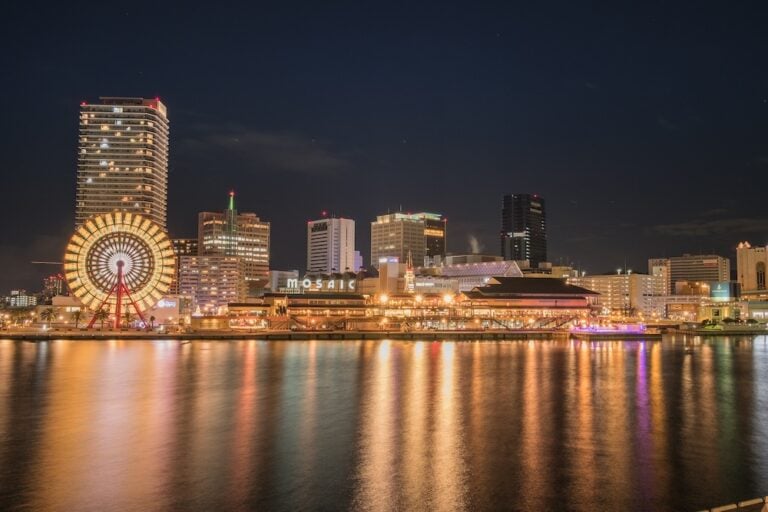
Just a short 30 minute train ride from Osaka, Kobe city is sometimes lost in its much larger and more famous neighbour’s shadow. As the capital city of Hyogo prefecture, Kobe is Japan’s third largest port city after Tokyo and Yokohama and its history of international trade gives it a distinctly different vibe from Osaka, Kyoto and other cities in the Kansai region. With verdant green mountains on one side and the ocean on the other, it’s certainly a visually striking place with no shortage of wonderful views. In this article, we look at what makes Kobe such an exciting and vibrant place and why you shouldn’t miss out on this great city.
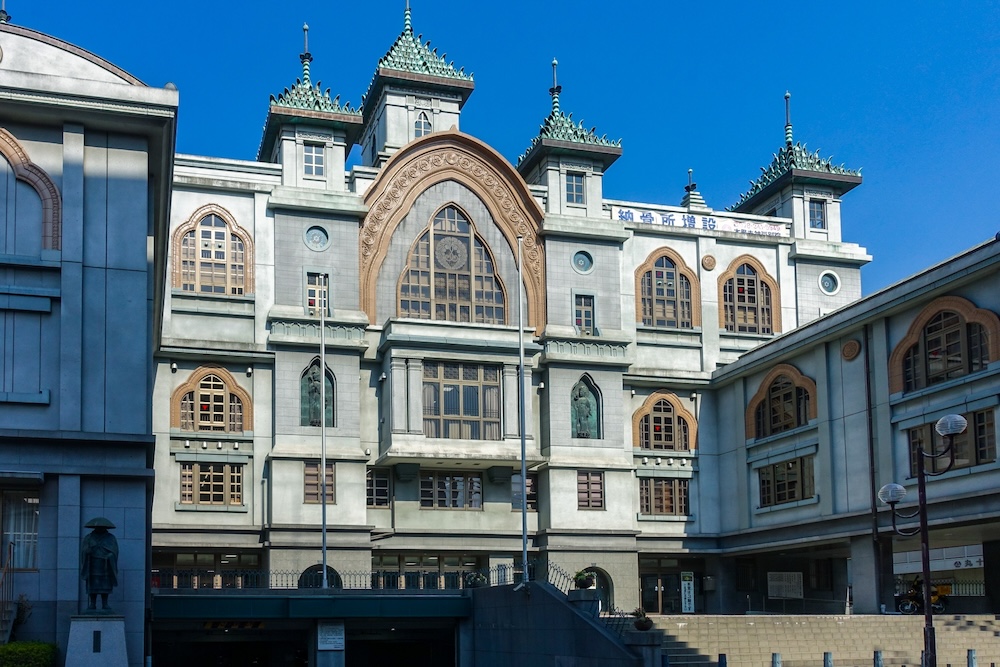
International History
Kobe has a very long history as a port with the area occupied long before written records exist. Ikuta shrine, a famous shrine in central Kobe city is mentioned in one of Japan’s oldest records, the Nihon Shoki, and is thought to be one of the oldest shrines in Japan. Even with it being a bustling port for centuries, the area changed names several times and did not become an official city until 1889 when it was finally named Kobe.
As a port, Kobe was one of the first places to be opened to international trade after Japan’s long period of isolation under the Tokugawa shogunate. When this occurred in 1868, the area’s population was only around 20,000 people but by the turn of the century this had rapidly increased to almost 7 times the number of people. With Japan’s opening up to the world, many foreign merchants came to live in Kobe in order to do business there. With foreigners unable to legally own land, the shogunate allocated an area in the city for foreigners to live and work. This area of foreign settlement still has physical remnants throughout the city and had a big impact on Kobe’s development.
For most of the 20th century, Kobe was the busiest port in Japan and one of the busiest in Asia until 1995 when a massive earthquake struck the city. Known as the Great Hanshin earthquake, this was Japan’s deadliest earthquake since the 1920s, causing over 6000 deaths throughout Hyogo prefecture and massive damage to Kobe city. With the damage to industry in the wake of the quake, Kobe port was never able to completely recover its top place. Even so, it still remains one of the major ports in Japan.
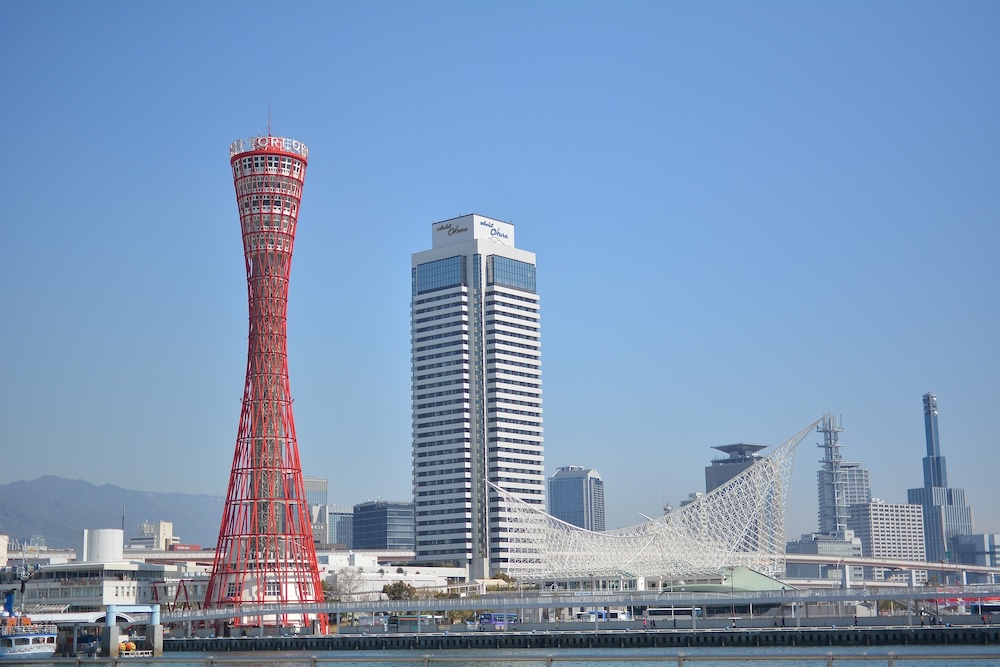
Kobe Today
Kobe today is a vibrant, modern city that carries a certain air of sophistication. While not as large as some other major Japanese cities, Kobe never really lost its place as a gateway between Japan and the rest of the world. It is home to the Japanese headquarters of some major international companies and has a thriving foreign community compared to many other cities.
The city is divided into nine wards with Chuo ward being its central commercial and entertainment area. Chuo ward is home to many government buildings, and the previously mentioned Ikuta shrine, one of Japan’s oldest Shinto shrines. It is also home to Kobe’s famous Chinatown area, a densely packed area of restaurants and shops that is a big attraction for visitors to the city. Kobe’s harbour area offers beautiful views of Osaka Bay and the famous spectacle of Kobe Port tower . There are five man-made islands spread across the port which are home to hotels, ferry ports, docks and even Kobe Airport.
The Mt Rokko range of mountains runs behind the city itself with some streets climbing partially up the mountains in its Northern wards allowing for some stunning views for residents. The mountains are a popular destination for hiking with many trails running through them and cable cars running to the top. The mountains also hold various tourist attractions such as restaurants, souvenir shops and viewing points with the night view from Mt Maya in particular quite famous in the region.
Kobe also incorporates Arima onsen which is a very famous onsen town tucked away on the opposite side of Mt Rokko. The hot springs are amongst the oldest in Japan. With its secluded position amongst the mountains and forest, Arima Onsen feels like a tiny village and not part of a city at all. Due to its easy access from Kobe and Osaka, it is a very popular place for a weekend getaway that is also becoming more popular with international tourists as well.
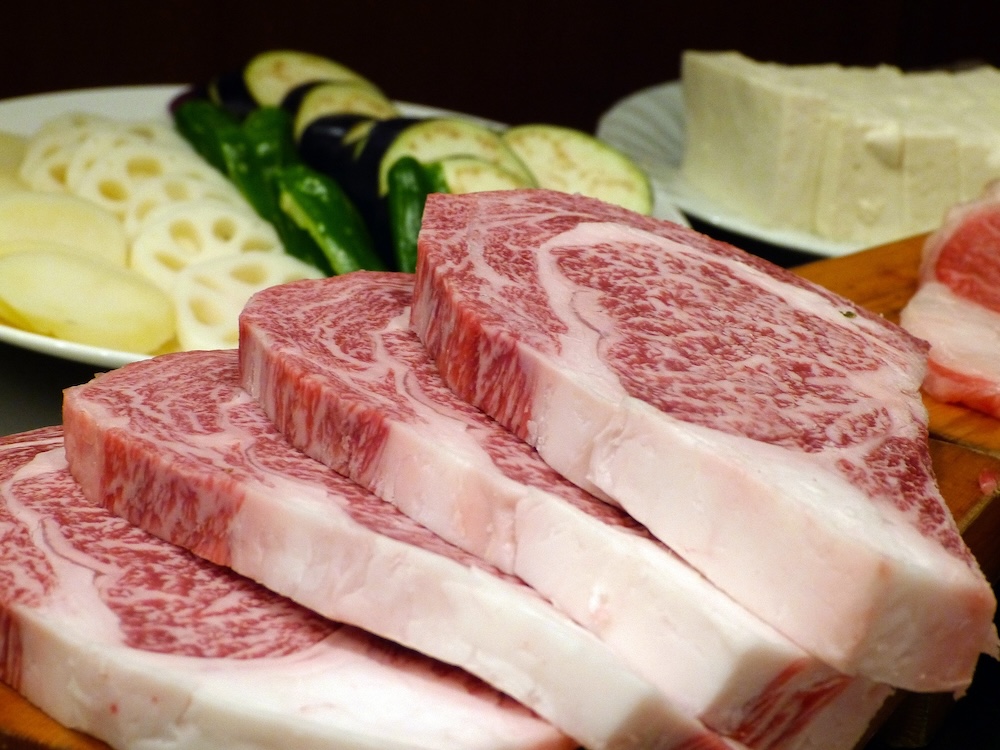
Kobe’s Famous Foods
Of course, writing anything about a city in Japan wouldn’t be complete without mentioning at least a few of the foods it is famous for. When speaking of Kobe, the most well-known is Kobe beef which has become synonymous with luxury throughout the world. Walking around the city, it’s easy to spot dozens of restaurants in any particular area that serve it. Kobe beef needs to fulfil certain conditions to reach its classification including that all cows must be of a specific breed born and raised in Hyogo prefecture.
Another well-known staple of Kobe city is sake. Nada ward on Kobe’s eastern side is particularly famous for Sake breweries and is one of the major producers of sake for all of Japan. Many of the breweries in Nada operate tours or tastings for visitors to the city.
Kobe’s interesting multi-cultural history also plays a part in its culinary scene with it being home to a lot of bakeries and cafes. Though it’s not really considered a famous food for the city, Kobe is well-known for its love of bread. It is in fact sometimes nicknamed pan no machi (city of bread), just because of the sheer number of bakeries. It has also been claimed that the city’s expenditure on bread is the highest in the nation. This goes back to the days of the Foreign settlement where bakeries were opened almost immediately by the new residents. Though at first they took a while to catch on amongst the local population, Kobe nowadays is home to many famous bakeries and while some expats in other areas of Japan might complain about the quality of Japanese bread in general, you can probably find any type of bread you want in Kobe.
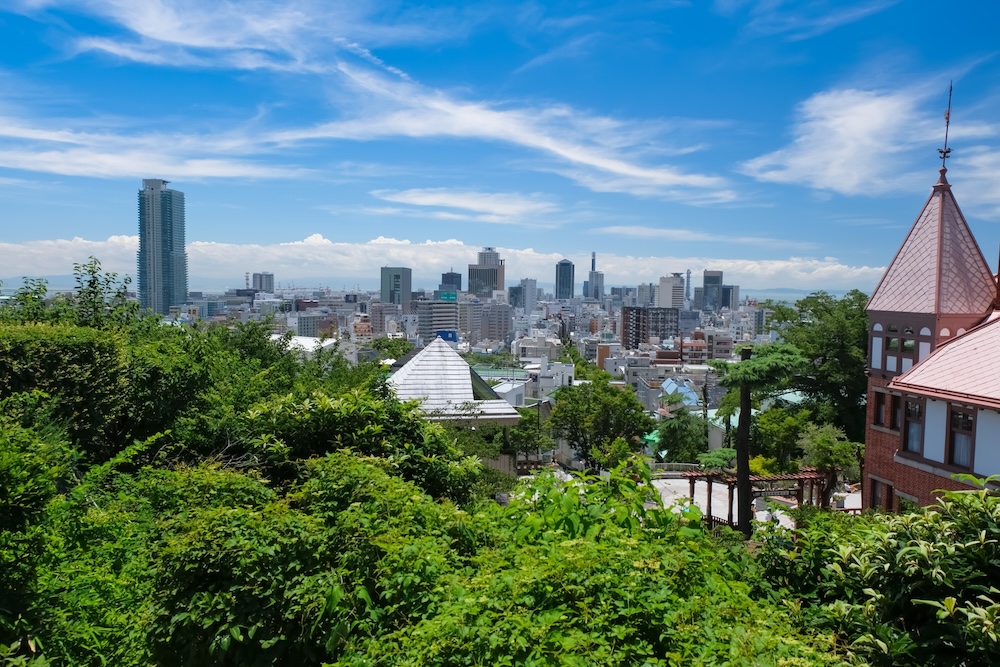
Japan’s International City
Since it was established officially as a city, Kobe has never really lost its position as an international hub, even though other cities in the Kansai region remain more famous. It’s a beautiful city that is well worth visiting or even settling down in if you’re living and working in Japan.










